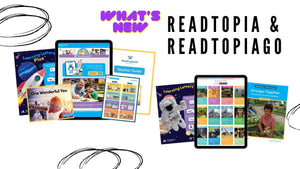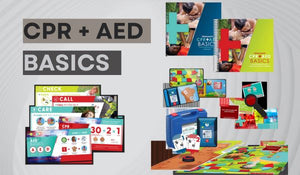In Flanders Fields – Symbolized! Tips, tricks and discoveries for using symbols for teaching a poem

To mark Remembrance Day we’re sharing a symbolized version of the classic poem “In Flanders Fields” by Canadian John McCrae with symbolized vocabulary cards, all created with the new Widgit Online. Widgit Online is the new cloud based symbol material maker for Windows, Chrome, Mac and shares to all of the above and iPads and other tablets too.
In Flanders Fields - Poem and Vocabulary Sheet from Bridges
Click here for a free 21 day trial of Widigit Online, to try it yourself. Or check out our scheduled webinars.
Vocabulary Cards for new words
The new vocabulary templates in Wigit Online are great for carefully introducing new vocabulary, for pre-reading prep or for supporting with word walls. The grid automatically will create a card with the word and symbol, a card with only the symbol, and a third card displaying only the word. Where your goal is to teach the word, not the symbol, Widgit Online is ready with thoughtful support that matches best practice eg. using symbols to engage and introduce new vocab but having the words stand on their own without visuals on a word wall. 
One line created with Widgit Online Vocab Card template.
Three tips for symbolizing text
With Widgit Online, you can just cut and paste text to create an engaging symbolized version of the poem (and indeed of any text). But to best support learning, carefully consider what and how you symbolize. Here are 3 tips, illustrated with screenshots in the gallery- Not every word needs to be symbolized. Do your readers have the literacy foundations to comprehend basic concepts like who, and, in, the, you, me, etc. Trying to symbolize all these words can result in messy distracting documents. When you check symbolization focus on key words and click symbols off on others. Do you want to show, tenses and plurals? These can be turned on and off too depending on your teaching goals and your students needs.
- Pictures or clipart are okay. To illustrate a specific a word that refers to, say, a person or a brand (Michael Jackson or maybe Nike shoes), or if you're looking for a specific object (eg. Todd's favourite hat is a red toque) you might not want to use a symbol at all. Symbols help abstraction, illustrating word relationships, making new vocab and to make learning sticky. If those aren't your goals, you don't have to use a symbol in a symbolized doc. Just take an image from the Web or snap a pic of Todd's hat and use that instead -- don’t get stuck on the fact that the image isn’t a “symbol.”
- For idiom think idiomatically. For the line, "That mark our place," the symbols that came up for "mark" didn't work -- marking a test or the name Mark. So I searched for "point" in the symbol finder and that worked well. For failing, I used the symbol for “injured” instead. Imagine doing this sort of fine tuning as a group activity with the whole class -- a great way to illicit synonyms and solidify vocabulary acquisition.
The cursor is on the word “are” but we’ve clicked the symbol off. The tenses and plural markers are controlled by the tool in the toolbar

The symbols that came up for the word “mark” weren’t appropriate for the intended meaning.

By searching for “point” more appropriate symbols for the word “mark”came up.

The finished symbolized line uses the symbol for “point” to illustrate the meaning of “mark” in this line.
Symbolizing for new insight into the whole text
I thought I knew this poem. I studied it in school and memorized the words along with all my peers. But rereading the finished symbolized version, I suddenly saw new meanings and evidence of the poet’s craft, I'd never noticed before. The way that McCrae used contrast in the same line, “dawn” and “sunset”
A line from in Flanders fields. The symbols really bring out the way McCrae used contrast in the same line for balance and completeness.
And in different verses “below” and “high.” How the phrase “In Flanders fields” is used and positioned in each stanza; and then there's the use of tenses in different verses. With Widgit Online, you can quickly draft up symbol documents and material for supporting vocabulary learning. But the potential learning, if these documents are created thoughtfully and strategically, can be effective for students at all different levels, for meaning on multiple dimensions. Indeed, creating or refining these materials with the whole class as a group activity, could be a great way to generate discussion of the poet’s intention, the use of idiom and how the lines resonate for your students.
--Alanna Fontaine
- Tags: GAFE/ Chromebook Literacy Symbols
- Bogdan Pospielovsky








Comments 1
Symbolized Oh Canada in Widgit Online – Bridges News
[…] we talked about in our post about symbolizing In Flander’s Fields, deciding which symbol best represents an idea, is a great teaching opportunity and discussion […]